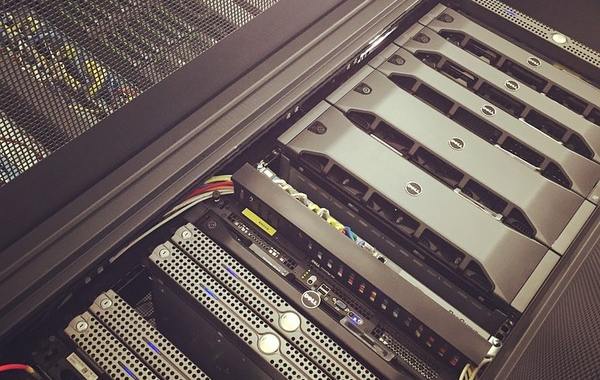
6 Industries Where Mainframes are Still King

Ever wonder why companies like IBM are still selling mainframes? Hint: It’s not because they’re living in the past. It’s because the mainframe is still crucial in a number of industries.
It’s telling that mainframes are important not only because some companies are still using the mainframe systems they bought years ago and have yet to decommission, but also because businesses are still investing in brand-new mainframes – such as IBM’s z15, a refrigerator-sized machine capable of processing 2.5 billion transactions per day.
Industries where mainframes still matter
Why are companies like IBM still investing huge amounts of money developing mainframe systems? Why are businesses keeping the mainframes they have and even investing in more?
The short answer is that they remain the only type of hardware capable of efficiently handling the huge volume of transactions that are a common part of business operations in many industries today.
The long answer is that mainframes are still a crucial resource in industries like the following:
Banking
44 of the top 50 banks use IBM Z mainframes.
Banks of all types need to process enormous volumes of transactions. Investment banks prioritize high-frequency trading and need to react instantaneously to changes in financial markets. Plain-old retail banking, which revolves around credit card transactions, ATM withdrawals, and online account updates, means banks of all types need to process enormous volumes of transactions. In both contexts, mainframes allow banks to process data on a scale that commodity servers can’t handle.
Related customer story: Financial Services Firm Saves Millions via Sort Offload to zIIP With Precisely Technology
Insurance
IBM z mainframes are used by all top 10 insurers worldwide.
Insurance companies live and die on data – a lot of it. Data helps them assess risk, set prices and invest in the right markets. Insurers depend on mainframes to make sure they can handle the data that drives their business.
Related customer story: Insurance Co. Tames Its Complex Web Applications
Healthcare
Healthcare, too, is an industry where data is now king – and so, by extension, are mainframes. Mainframes power the secure, compliant, high-volume and highly available data storage and transactions that make modern healthcare tick.
Read our whitepaper
Getting the Most Out of Your Mainframe
See how to offload, accelerate and lower cost of your mainframe to maximize its value
Government
From the IRS to the National Weather Service, government agencies of all types need to store and analyze huge amounts of data. Mainframes are still helping them to do it.
Aviation
You don’t need to be a pilot to know that flight networks are complicated and ever-changing. That’s why airlines – not to mention government regulators that oversee airlines and even aircraft manufacturers – rely on mainframes to help ensure that people and planes arrive where they are supposed to in the most efficient way possible.
Retail
23 of the 25 largest U.S. retailers continue to use mainframes.
Traditional retailers have long used the mainframe to help process transactions and keep track of inventories. But it’s not only old brick-and-mortar stores that can make use of these machines.
Online retailers, too, can benefit from the ability of modern mainframe systems to handle enormous volumes of transactions.

Conclusions
The folks who have predicted the demise of the mainframe have turned out to be wrong time and again, and there’s no sign that they’ll be right anytime soon. Mainframes remain a core part of the IT infrastructure used by companies that span a diverse set of industries.
Read our whitepaper Getting the Most Out of Your Mainframe to learn how to offload, accelerate and lower cost while leaving the primary CPU with more headroom for the organization’s core business applications.


